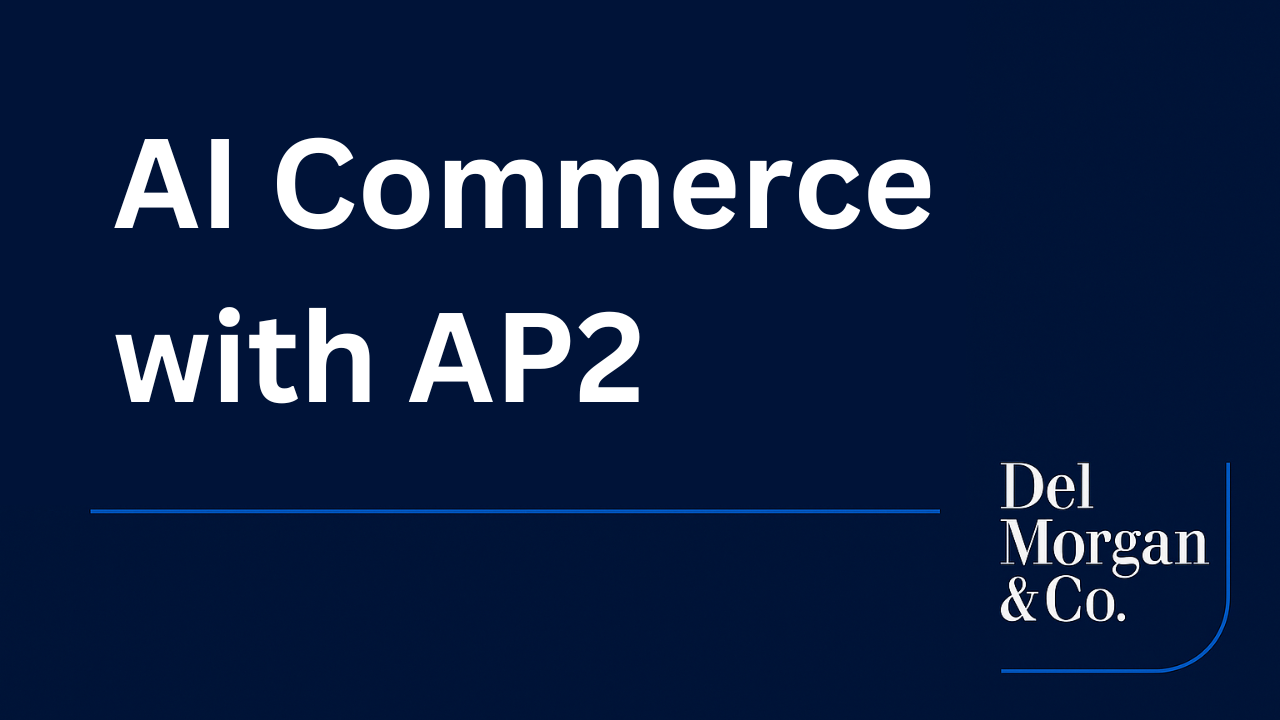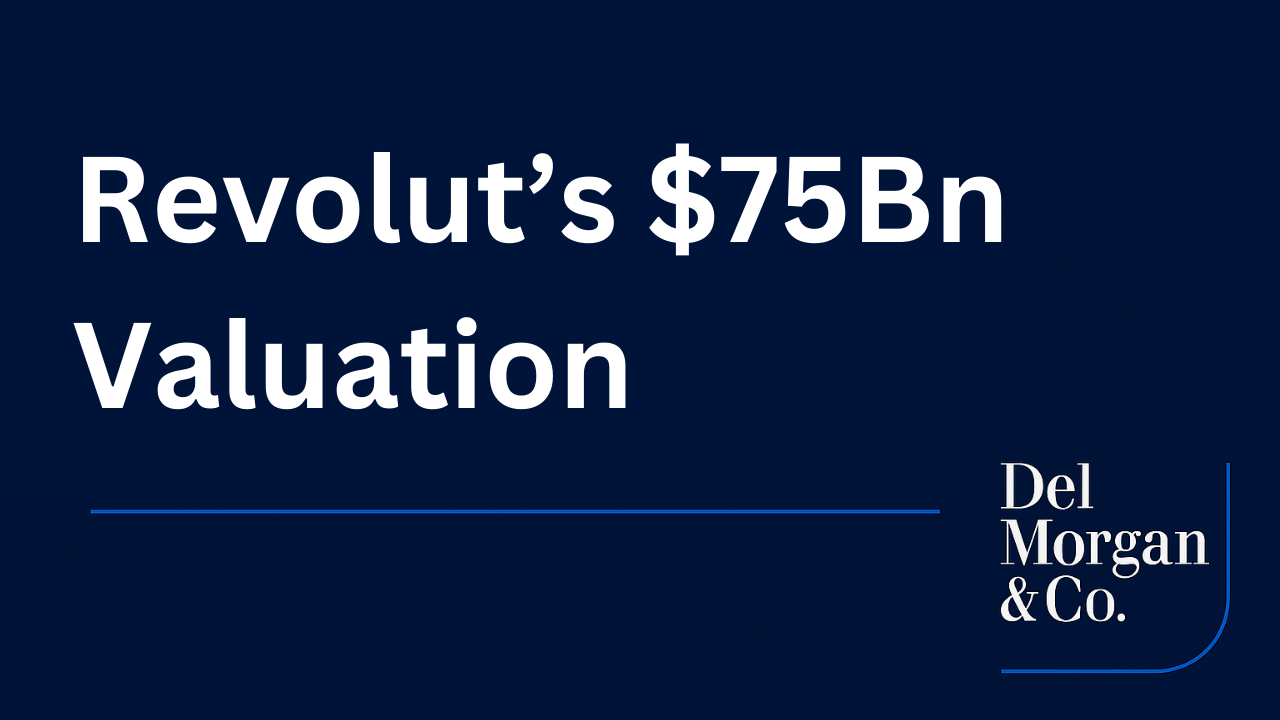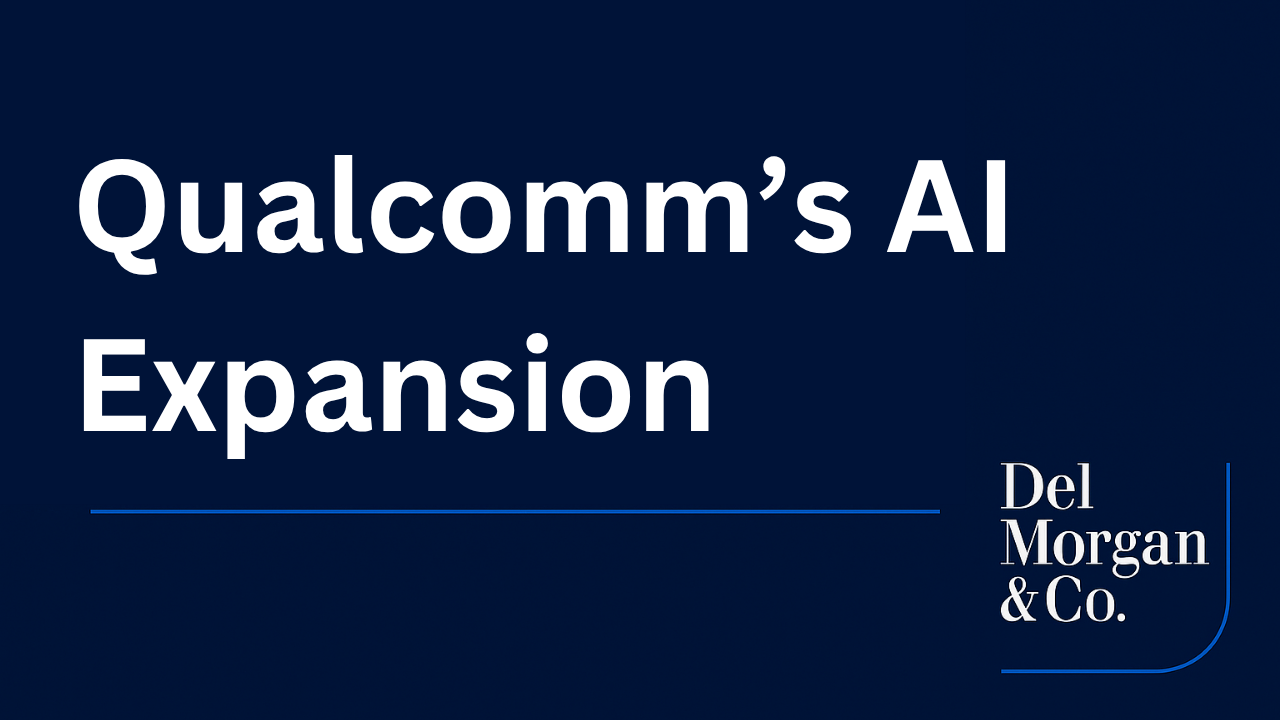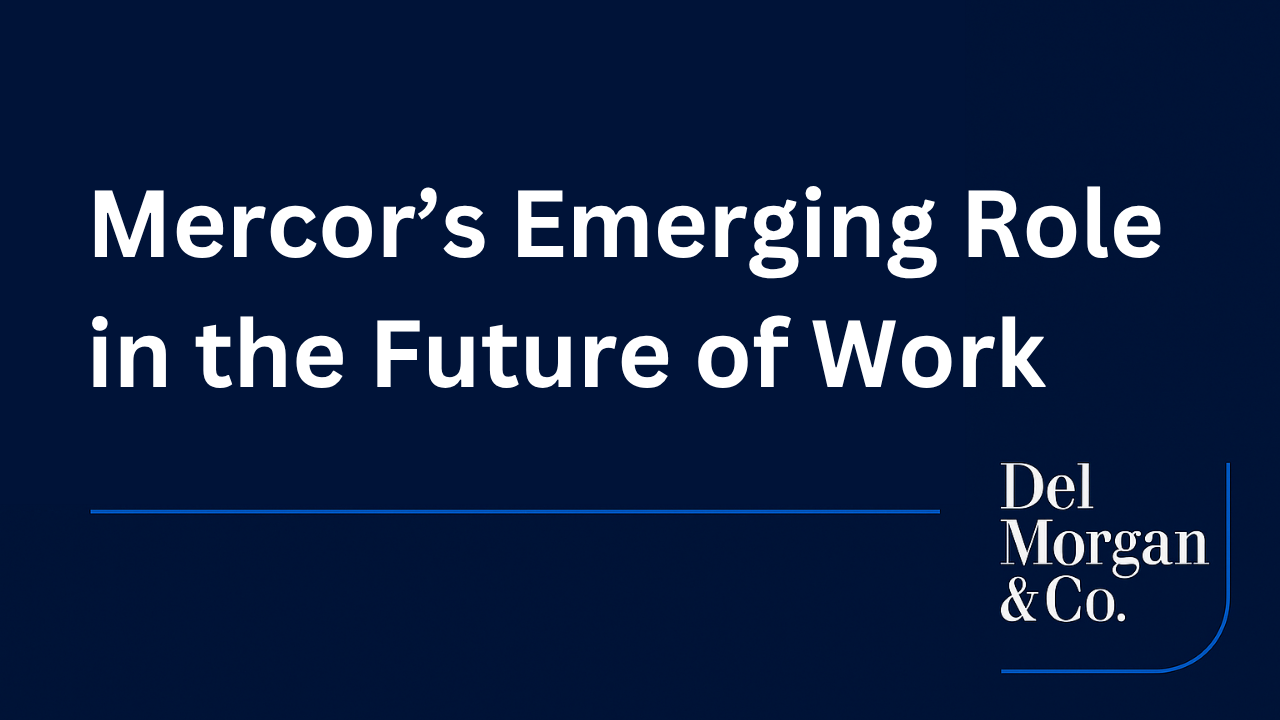Artificial intelligence is rapidly transitioning from being a tool of analysis and recommendation to becoming an active participant in the economy. As AI systems evolve into autonomous agents capable of sourcing suppliers, negotiating contracts and completing commercial transactions, the infrastructure underpinning these interactions must also evolve. A critical element of this evolution is the emergence of the Agent Payments Protocol, or AP2, a framework designed to enable secure, efficient and programmable payments between software agents. Much as HTTP provided the common language that allowed the internet to scale into the global backbone of digital information exchange, AP2 represents a foundational standard for the financial infrastructure of autonomous commerce. Its adoption will have far-reaching consequences for the financial services sector, reshaping transaction volumes, product offerings, compliance requirements and competitive dynamics.

The Core of AP2
At its core, AP2 is a payment protocol that gives AI systems the ability to transact with one another in a standardized and auditable way. It enables agents to discover and interact with counterparties, authenticate and authorize payments on behalf of individuals or organizations and execute transfers tied to specific conditions such as delivery milestones or ongoing subscriptions. The protocol also ensures that all interactions can be recorded with receipts and proofs, maintaining the auditability and accountability necessary for integration into regulated financial environments. What makes AP2 significant is not simply the technical efficiency it provides, but the broader economic shift it enables. By allowing AI agents to operate as economic actors, the AP2 protocol paves the way for commerce that is faster, more granular and in many cases more reliable than human-initiated transactions.
Transforming AI-Driven Commerce
The implications for AI-driven commerce are profound. Until now, the automation of commercial activity has been limited by the need for human intervention in payments and settlements. AP2 eliminates that bottleneck. A procurement agent could identify a supplier, negotiate terms and automatically pay upon confirmation of delivery without any manual input. A digital travel agent could book and pay for flights, hotels and ground transport on behalf of a traveler, orchestrating the entire journey in real time. Even in consumer markets, digital storefront bots could accept micropayments for subscriptions or one-off services, settling instantly and without the need for costly intermediaries. In each of these examples, the protocol does more than accelerate transactions; it unlocks business models that would have been uneconomical under traditional payment structures. Micropayments, machine-to-machine royalties and usage-based fees become viable when the friction of manual payment processes is removed.
Reshaping Financial Infrastructure
For the financial sector, the rise of AP2 demands a comprehensive rethinking of infrastructure. The transaction profile will shift dramatically from fewer, higher-value payments initiated by humans to potentially millions of low-value, high-frequency payments executed by machines. Banks, payment processors and clearing houses will need to adapt settlement systems to accommodate this new volume profile. High-throughput, low-cost rails will be essential, as will the development of aggregation mechanisms that can batch small transactions into efficient settlements without undermining the immediacy of agent commerce. Institutions that provide APIs and integration layers aligned with AP2 will find themselves in a strong competitive position as commerce becomes increasingly autonomous.
Emerging Financial Products
This transformation also opens the door to entirely new categories of financial products. Just as the growth of e-commerce created the need for online payments, digital wallets and fraud protection, AI commerce will demand agent-native financial instruments. Secure agent wallets and custody services will be required to manage credentials and spending authorizations. Short-term credit products may emerge to provide agents with liquidity so they can fulfill transactions before receiving payment. Insurers will have an opportunity to underwrite risk associated with agent activity, from fraud protection to performance guarantees. The finance sector is uniquely positioned to capture these opportunities, provided it moves quickly to design offerings that meet the specific needs of machine-driven commerce.
Key Risks and Challenges
The risks, however, are significant and must not be underestimated. Authorization risks will proliferate as misconfigured or rogue agents initiate transactions without the proper oversight. Fraud and financial crime will take new forms, with automated agents able to disguise patterns in ways that may challenge existing anti-money laundering and counter-terrorist financing systems. Operational risk is another concern, as software bugs in widely used agent logic could create cascading effects that trigger thousands of erroneous payments in seconds. Financial institutions will need to invest heavily in control frameworks, introducing mechanisms such as multifactor agent credentials, scoped authorizations and real-time monitoring designed to detect and mitigate machine-driven anomalies.
Evolving Accounting and Reconciliation
Accounting and reconciliation practices will also face new pressures. Traditional systems, designed for periodic settlement and human-triggered entries, are ill-suited to the real-time microtransactions that AP2 enables. Enterprises will require reconciliation engines that can automatically map agent events, such as the completion of a service or delivery of goods, to financial ledger entries. Taxation adds another layer of complexity. When transactions are fragmented into small, frequent payments across jurisdictions, calculating obligations and ensuring compliance become far more difficult. This creates an opportunity for middleware providers to develop tools that can translate AP2 transaction data into accounting records and tax reports suitable for regulators, auditors and enterprises.
Shifting Competitive Dynamics
The broader competitive landscape will also be reshaped. By lowering the barriers to embedding commerce into software, AP2 empowers a much wider range of firms to participate in financial services. Any developer of software agents will be able to incorporate payments, creating new ecosystems of agent-based marketplaces. This will put pressure on incumbent payment providers, who must either embrace the protocol or risk ceding ground to new entrants. At the same time, platform providers who host agent marketplaces will gain the ability to monetize not just through commissions on transactions but also through value-added services such as identity verification, credit provision and insurance.
Path to Adoption
The road to adoption will not be without challenges. Interoperability with existing payment rails will be critical, and governance structures will need to emerge to set and enforce standards for agent transactions. Without clear rules and certification mechanisms, fragmentation could undermine the efficiency gains that AP2 promises. Privacy is another key consideration, as agents will need to exchange enough data to complete transactions without exposing commercially sensitive or personally identifiable information. Finally, while agents may handle the majority of low-value transactions autonomously, high-value or sensitive flows will likely continue to require human-in-the-loop oversight, meaning that the protocol must support escalation and override mechanisms.
Strategic Priorities for Financial Institutions
In navigating this transformation, financial institutions should consider several strategic priorities. Pilot projects in controlled environments, such as internal procurement systems, can provide early experience with agent-driven transactions. Custody and identity management solutions tailored for agents represent a natural extension of existing expertise in digital identity and payments security. Upgrading compliance frameworks and monitoring tools will be essential to mitigate risk, and firms should also invest in reconciliation engines capable of handling high-frequency, low-value flows. Above all, banks and fintechs should position themselves strategically within the emerging AP2 ecosystem, either as infrastructure providers powering agent commerce or as financial partners offering credit, insurance and reconciliation solutions.
Conclusion
The adoption of the Agent Payments Protocol will mark a structural turning point in the evolution of financial services. Just as the internet transformed information exchange and e-commerce redefined retail, AP2 has the potential to create a new era of autonomous finance. Value will increasingly move not at the initiative of human actors, but at the discretion of AI systems acting on their behalf. For the finance sector, this shift represents both risk and opportunity. Institutions that invest now in building the infrastructure, products and compliance frameworks required to support AP2 will not only safeguard their relevance but also capture entirely new sources of revenue. Those that delay will find themselves at risk of disintermediation as new entrants seize the initiative.
In short, AP2 is more than a technical innovation. It is the foundational layer of AI commerce, and it signals the dawn of a financial system where the ability to support autonomous agents will be a defining characteristic of success. For the financial sector, the coming decade will be shaped by how effectively institutions rise to meet this challenge.
About DelMorgan & Co. (delmorganco.com)
With over $300 billion of successful transactions in over 80 countries, DelMorgan‘s Investment Banking professionals have worked on some of the most challenging, most rewarding and highest profile transactions in the U.S. and around the globe. In the upcoming year, we expect more high-quality deal execution for more clients and welcome the opportunity to speak with companies interested in potentially selling their businesses or raising capital.









